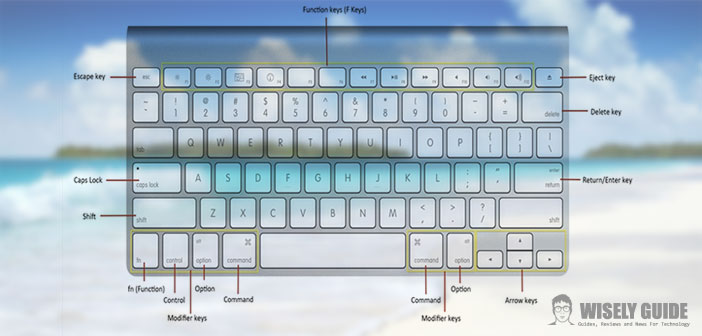
They probably saved us thousand years of time if put together. Humanity should be grateful for the invention of Mac hotkeys. How to force an app to close on your iPhone, iPad, or iPod touch.

You can even force the Finder to quit, if it stops responding: Select Finder in the Force Quit window, then click Relaunch. Then select the app in the Force Quit window and click Force Quit. (This is similar to pressing Control-Alt-Delete on a PC.) Or choose Force Quit from the Apple menu in the upper-left corner of your screen. Press these three keys together: Option, Command, and Esc (Escape). Of course, if you forget, it will close the window you were working in. Being a keyboard-shortcuts guy, I've wondered if this one helps.so, the only real option is after you open it, click its header bar while you're over there anyway to grab your emoji It will then respond to Cmd ⌘ W the same as any other window. Click on Close All and all the windows will be quit/closed. You should notice that the Close option changes to Close All. Now, press the Option/Alt key on your Mac keyboard. To close a window, follow these steps: Click the Close button (the little red button) of the window. By closing each window as you are finished working with them, you keep your Mac screen clutter-free.

When you're done viewing or editing any information displayed in a window on your Mac, you can close the window. If the app doesn't quit, follow these steps to force the app to quit. For more information, see Apple’s guidelines.To quit (close) a Mac app normally, choose Quit from the app's menu in the menu bar, or press Command (⌘)-Q.

These shortcuts will need to be created in your Mac’s System Settings. You can also create custom keyboard shortcuts for any command visible in Things’ menus at the top of your screen. For a complete list of supported syntax, see the Markdown Guide. Things supports other Markdown features that have no keyboard shortcuts. When your cursor is next to, or within, a URL string opens all links at once within a text selection If your cursor is in the title of a project/area, it’ll jump to the tag field. Simply start typing the name of the list or tag you want to jump to, then hit Return.

You can also navigate around the app with a feature called Type Travel. You don’t actually need to use Cmd + F to start a search - simply start typing and the search box will appear. Open a new window with the same list you’re currently in. When selecting a project in a list: ⌘ Cmd Return or Open a list from Quick Find search results in a new window. Or hold down ⌥ Opt when clicking the checkbox. A new to-do will be created for each separate row of text on your clipboard.Ĭan be changed in Things → Settings → Quick Entry


 0 kommentar(er)
0 kommentar(er)
